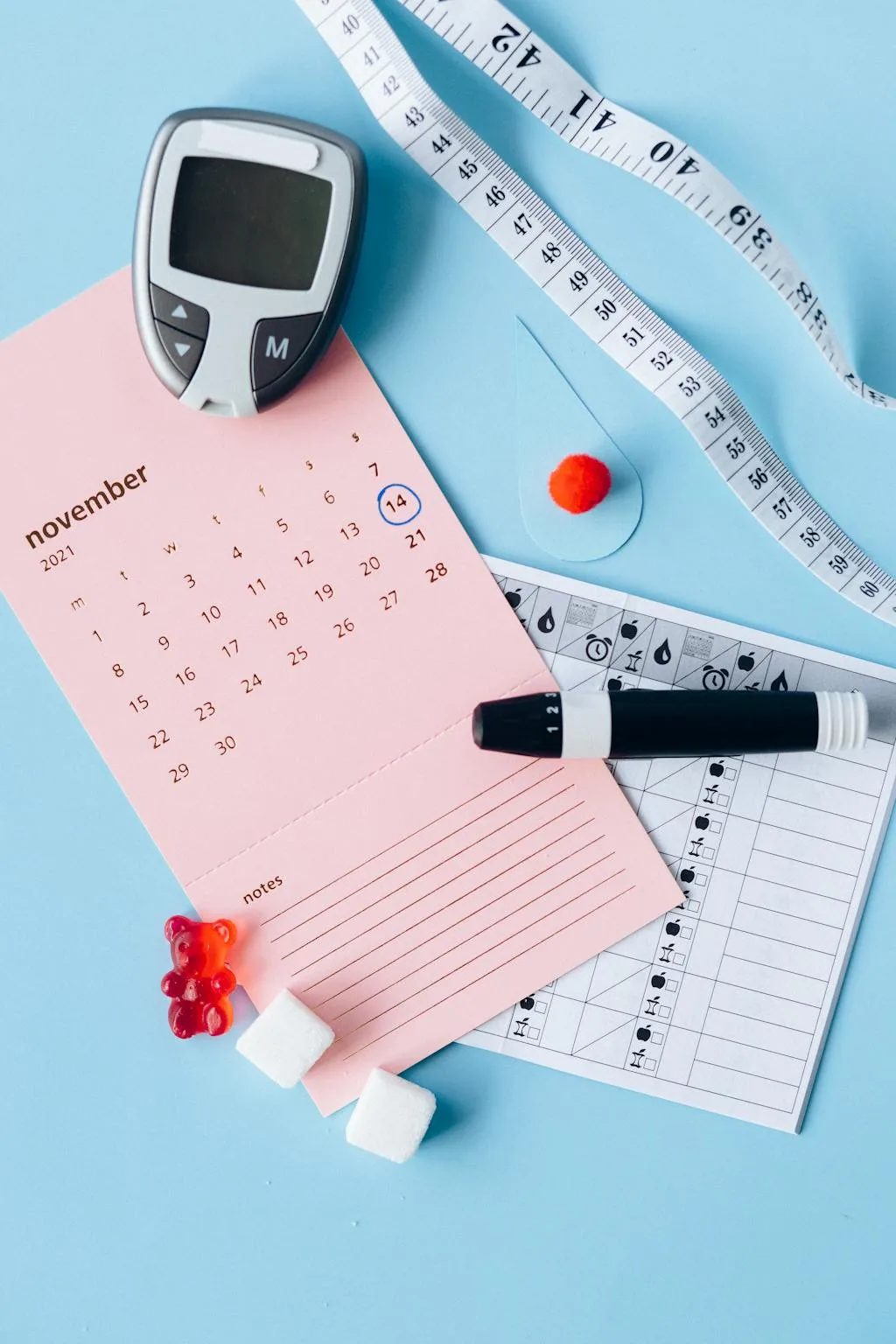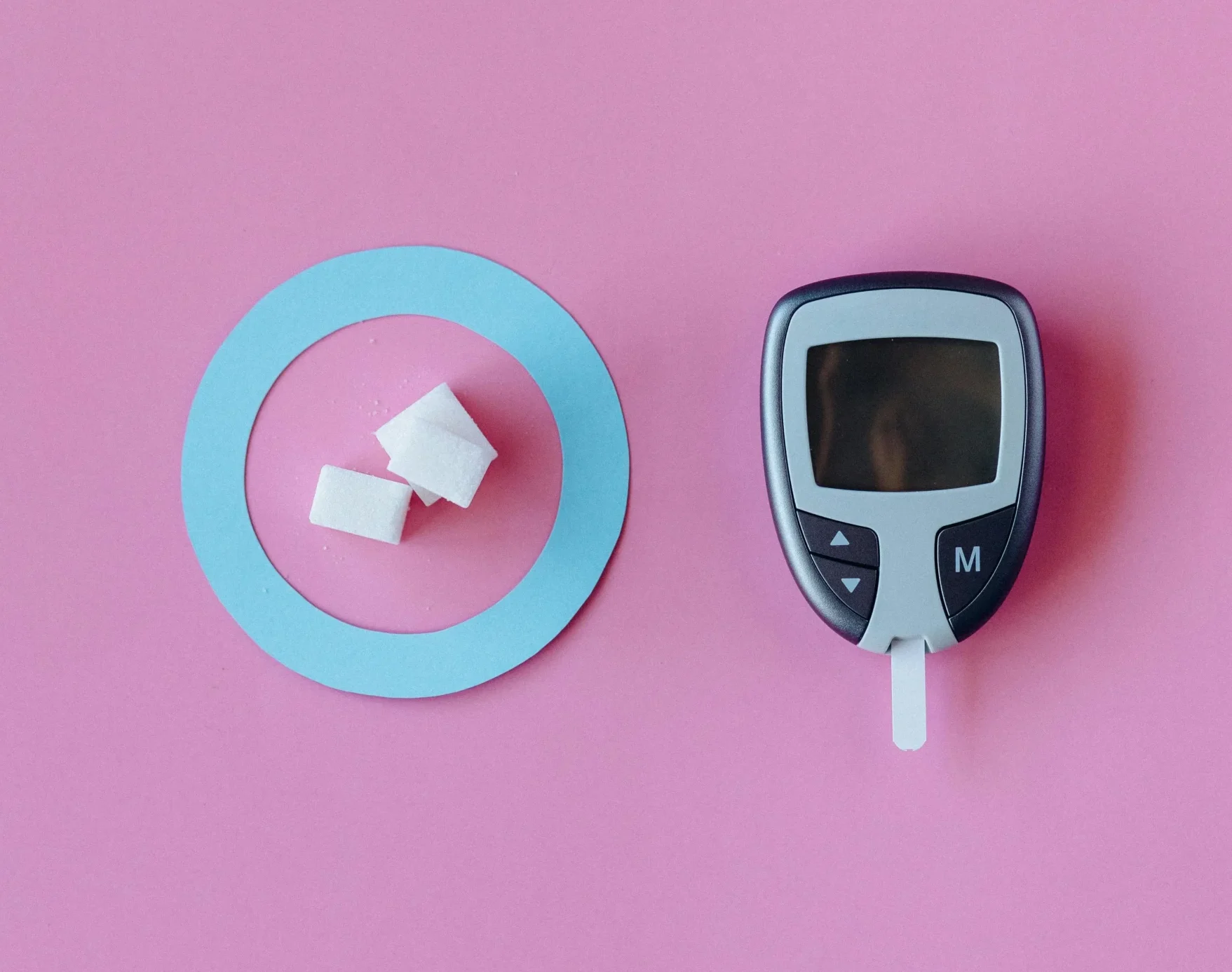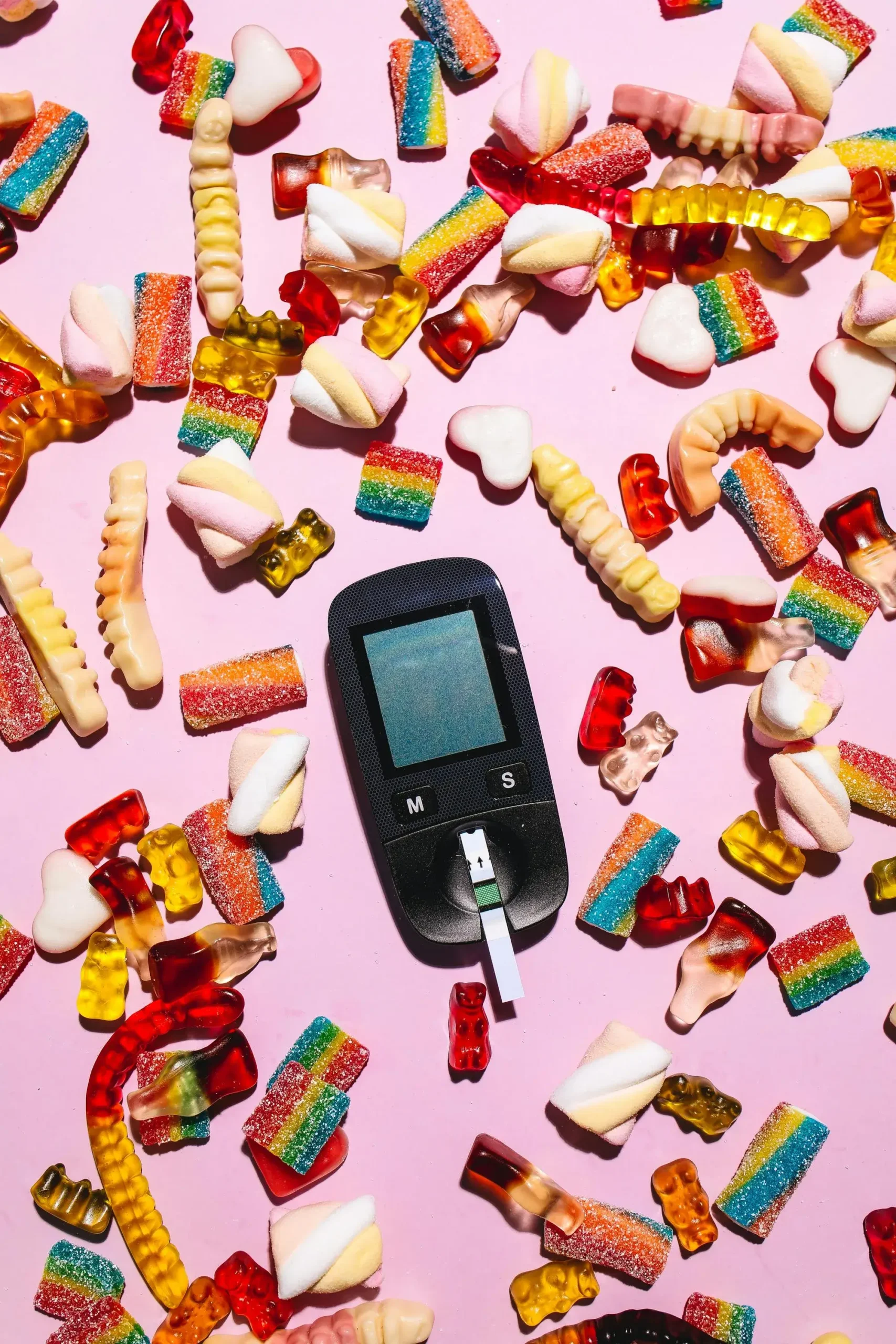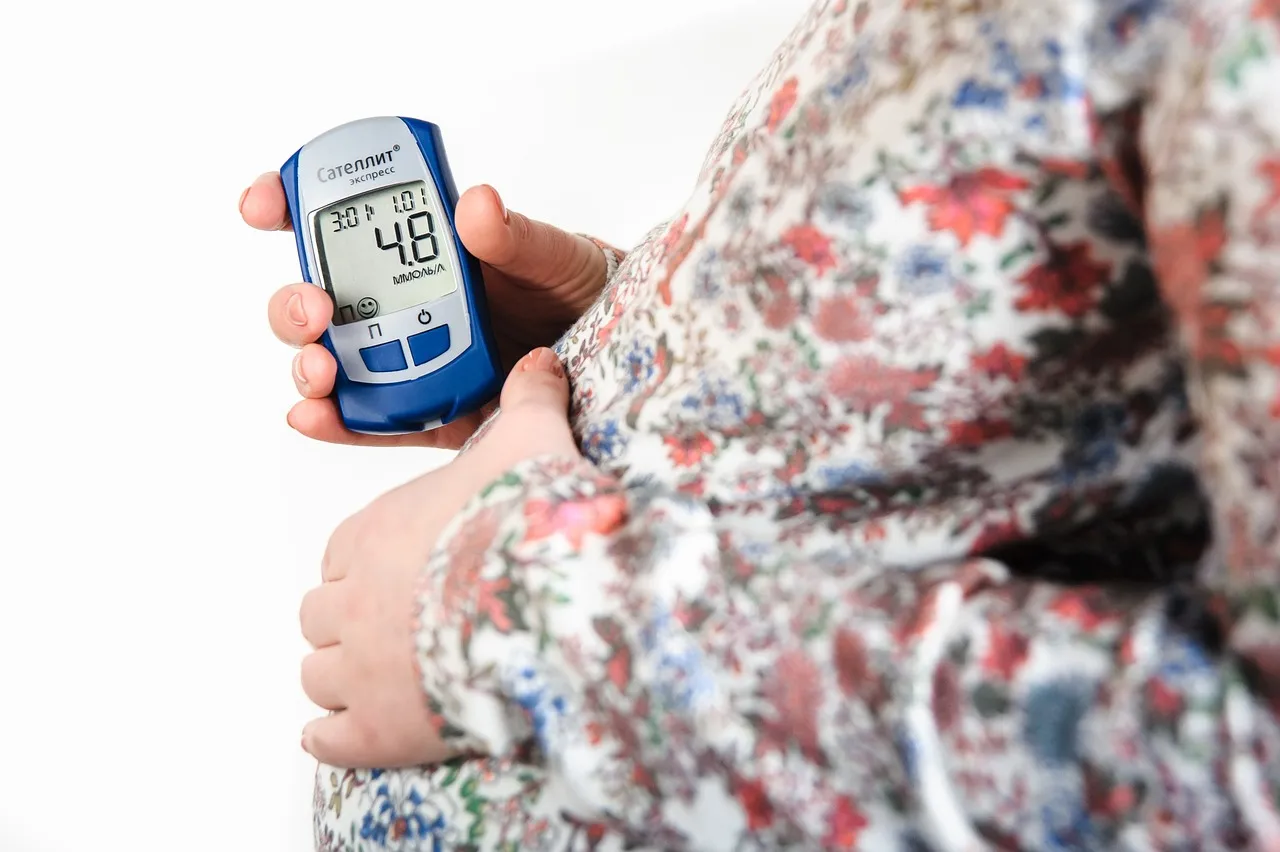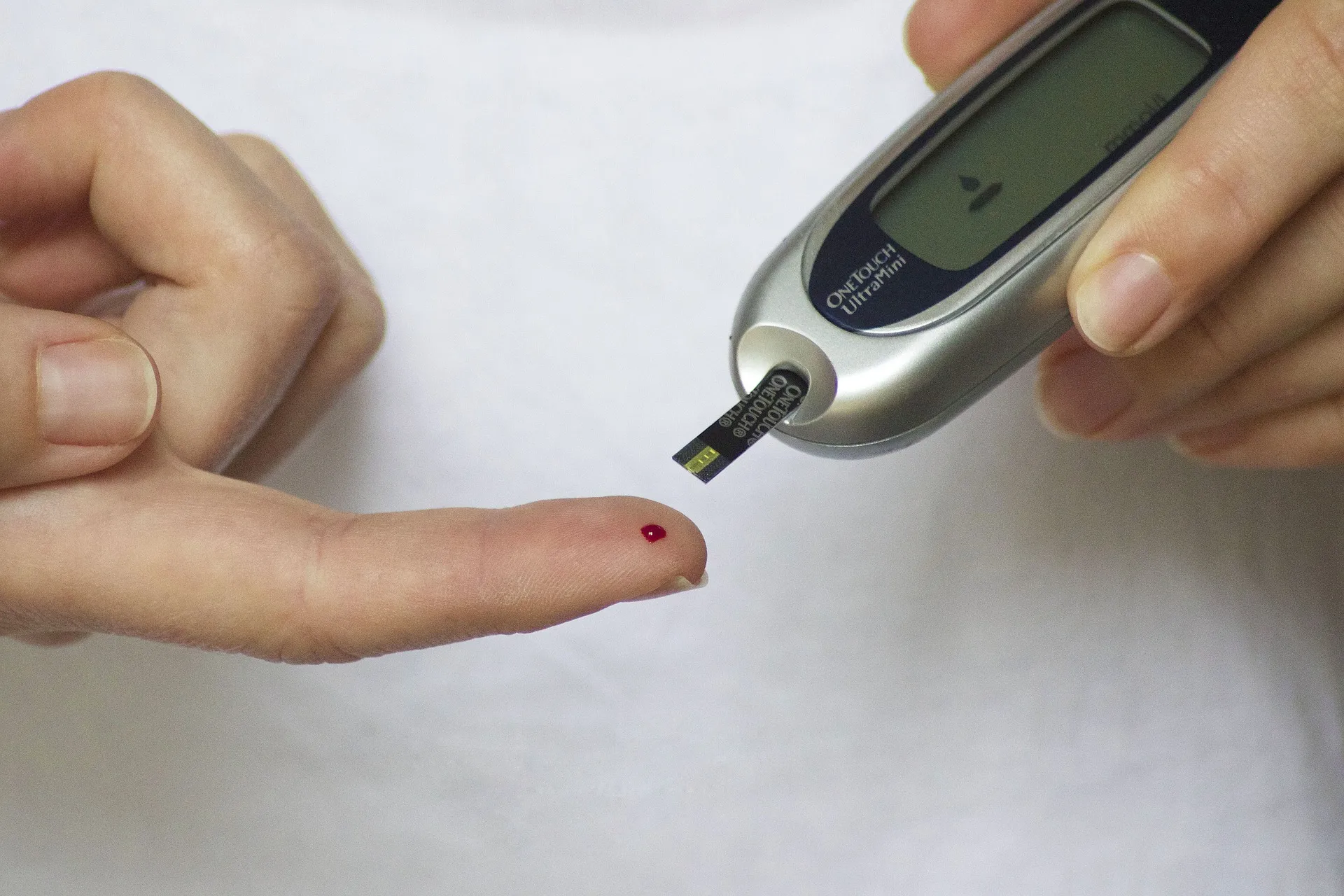Diabetes is a medical condition that affects how your body processes sugar (glucose), leading to high blood sugar levels. It is one of the most common chronic conditions worldwide, impacting millions of the people in the workforce. According to the International Diabetes Federation (IDF), over 537 million adults (20–79 years) globally have diabetes, and this number is projected to rise to about 643 million adults by 2030.
Whether you have type 1, type 2, or another form of diabetes, the workplace can present unique challenges to managing your condition successfully. However, with the right strategies, you can navigate these challenges and thrive with in your career while staying healthy.
In this article, we’ll provide practical tips to help you have a diabetes-friendly workspace and work experience.
Planning ahead for a diabetes-friendly workday
Planning ahead for a workday or a work week is a ritual that most workers indulge in to make sure they stay organized. If you have diabetes, proper planning helps you to perform at your best and allows you to effectively manage the condition or its complications when they arise. Planning for a diabetes-friendly workday includes:
- Packing healthy meals and snacks. If healthy foods aren’t easily available at your workplace, spare some time every weekend or every day to prepare and pack balanced meals with a mix of protein, fiber, and healthy fats. You may also pack diabetes-friendly snacks like fresh fruit, unsweetened yogurt, cheese sticks, and whole grain crackers. These can help you to stay full between meals without causing spikes in blood sugar.
- Scheduling breaks for meals. Skipping meals while you’re on anti-diabetes medications can cause low blood sugar (hypoglycemia), a serious complication of diabetes. Therefore, scheduling meal breaks not only keeps you energetic for work, but also protects you from serious hypoglycemia-related problems like seizures, loss of consciousness, coma, and death.
- Setting alarms or reminders for blood sugar checks, especially during busy work hours. This helps you to monitor and maintain stable sugar levels. You should check your blood sugar as often as your doctor suggests. Alternatively, you can use a continuous glucose monitor (CGM) to track your sugar levels in real time and reduce interruptions to your work flow.
Communicating with employers and colleagues
Disclosing diabetes at work is a personal choice that many people might not be comfortable with. Even though disclosing your condition may not be legally required, doing so can help your employers and colleagues to create a supportive work environment for you.
If you choose to have a discussion with your manager or HR representative, explain to them your condition and how managing it adequately can allow you to stay productive. You can also request for reasonable work accommodations like:
- A private place where you can check your blood sugar or inject yourself with insulin.
- Flexible breaks so that you can take your diabetes medications, eat a snack, or check blood sugar.
- Permission to keep your diabetes kit and food supplies nearby. If you use insulin, you can also request for access to a refrigerator where you can safely store it.
- Time off for routine medical checkups or trainings on diabetes management.
- Flexible work arrangements, such as remote work, hybrid options, reduced overtime, and standard shifts as opposed to swing or night shifts.
When you decide to confide in any of your colleagues about your condition, let them know how work-related activities like long meetings, physically demanding activities, and frequent travel can affect your blood sugar. You should also teach them about hypoglycemia, how to respond to it, and where they can find your diabetes emergency kit.
Creating a diabetes-friendly work environment
Making small adjustments to your workspace and routine can go a long way in helping you stay healthy and productive. These adjustments can include:
- Finding a comfortable and private space where you can check blood sugar, administer insulin, or rest until your blood sugar stabilizes.
- Keeping a diabetes kit at your desk. Having essential supplies within reach ensures you can manage diabetes without interruptions. It also helps you to manage diabetes complications before they become worse. Your desk kit should include:
- A glucose meter, test strips, and a logbook or app for tracking sugar levels.
- Extra insulin, syringes, or pump supplies, if you use insulin.
- Fast acting glucose sources, like glucose tablets, juice boxes, hard candy, and glucose gel packets.
- An emergency glucagon kit, if you’re at risk of getting hypoglycemia.
Incorporating movement into your workday.
Regular physical activity is essential for blood sugar control, but many jobs involve prolonged sitting or repetitive tasks that limit movement. Finding ways to stay active during your workday can help improve insulin sensitivity, reduce stress, maintain healthy blood pressure, and boost overall health. Simple ways you can add movement into your workday include:
- Taking short walking breaks every 1–2 hours.
- Performing simple stretches or chair exercises at your work desk. You can try neck stretches, shoulder rolls, seated spinal twists, seated marching, seated leg lifts, or alternating standing and sitting.
- Using the stairs instead of elevators.
- Suggesting walking meetings instead of sitting in a conference room. This is especially helpful for meetings that involve 2–3 people.
- Parking further away from the entrance. If you drive to work, this can be a great way to add extra steps into your daily routine. If you use public transportation, getting off one stop early can offer similar benefit.
Handling work stress effectively
Work stress can affect blood sugar levels by triggering hormone changes that lead to spikes. Blood sugar spikes are associated with work-disrupting symptoms like fatigue, blurry vision, restlessness, excessive thirst, and frequent urination. So, managing stress helps you to keep your diabetes in check and allows you to work better.
To keep stress levels in check:
- Practice deep breathing exercises, mindfulness, or meditation whenever you feel overwhelmed or during work breaks.
- Take breaks from your work when needed.
- Connect with a colleague. A quick chat with a supportive coworker can provide emotional relief and shift focus away from stress.
- Avoid overloading yourself by managing expectations and saying no to requests whenever necessary.
- Keep a small item like a stress ball or a calming image at your desk to help you relax during tense moments.
Navigating workplace meals and events
It may not always be possible to pack homemade diabetes-friendly meals and that can make it difficult to attain your nutrition goals while at work. However, with some planning, you can still make smart food choices. If you depend on the office cafeteria for meals, you should:
- Opt for protein-rich meals like grilled chicken, fish, or tofu.
- Choose fiber-rich foods like vegetables, whole grains, and legumes.
- Avoid sugary drinks and take water or unsweetened beverages instead. Make sure you drink plenty of fluids throughout the day to keep yourself well hydrated.
- Keep caffeine intake low because too much can cause blood sugar spikes.
During meetings or social gatherings, colleagues who don’t know about your condition may encourage you to indulge in unhealthy foods. You can politely decline by:
- Saying you have specific dietary needs without over-explaining.
- Bringing a healthier dish to share if it’s a potluck event.
- Eating a small portion if you want to participate without overdoing it.
- Suggesting a healthier available food option.
- Redirecting the conversation to an exciting topic unrelated to food.
Addressing discrimination and challenges at work
While many workplaces are supportive, some workers with diabetes may face discrimination, lack of understanding, or resistance when requesting accommodations. You can address such work challenges by:
- Politely educating your colleagues and employers about diabetes.
- Knowing your rights. In many countries, workplace laws protect employees with diabetes from discrimination and ensure access to reasonable accommodations.
- Having a formal discussion with the HR department if you face diabetes-related discrimination.
- Reaching out to diabetes advocacy groups, legal advisors, or workplace disability resources when necessary.
- Keeping record of any instances of discrimination, denied accommodations, or unfair treatment to support your case if needed.
The takeaway
Managing diabetes in the workplace requires planning, self-advocacy, and healthy habits. By incorporating movement, managing stress, and making smart food choices, you can keep your blood sugar stable throughout the workday. Requesting reasonable accommodations can also create a more supportive work environment.
With the right strategies, you can balance your health and career without feeling overwhelmed. Small adjustments to your daily routine can make a big difference in how you feel and perform at work.





